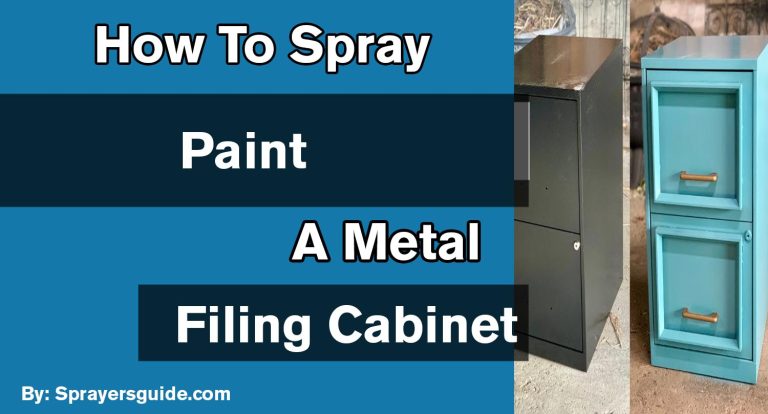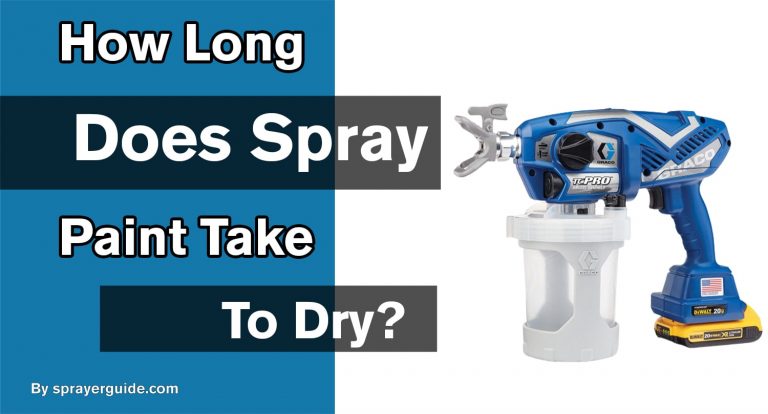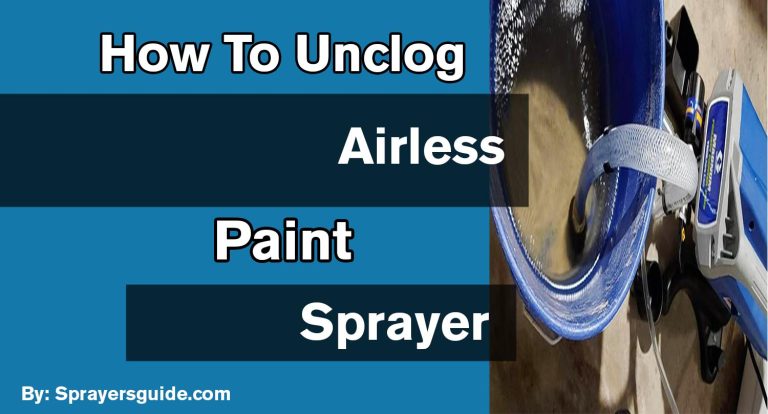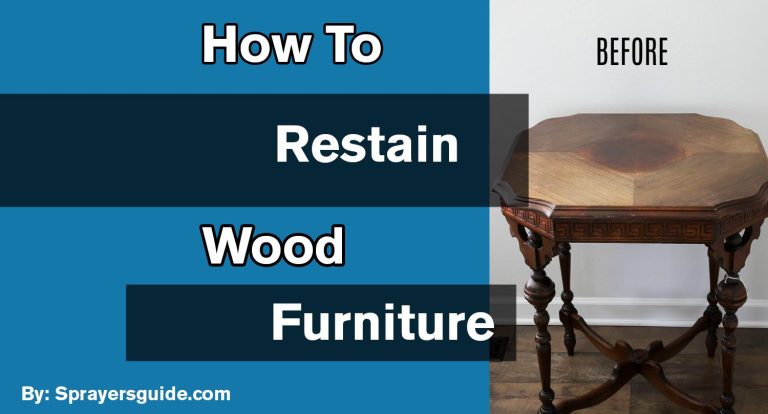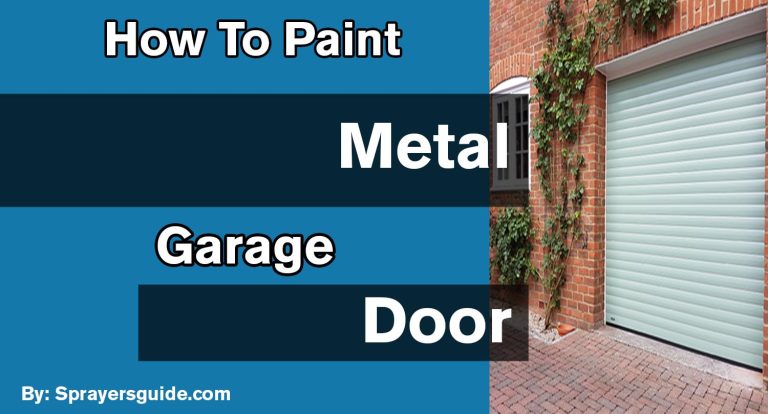Are you thinking about painting the interior of your home but aren’t sure whether spraying or rolling will produce better results? With many variables to consider, from time efficiency to paint coverage, determining which method is best for your project can be difficult. Using rolling and spraying techniques has advantages, so let us explore them further as we examine the differences between spray and roll painting in this blog post.

What are the Benefits of Spraying VS Rolling Paint?
Spraying paint is considered to be a more efficient way of painting than rolling. It distributes the paint evenly and produces a professional-looking, smooth finish. The main benefit of spraying over rolling is the speed with which it can cover large surfaces. Spraying can significantly reduce your painting time compared to rollers, especially for larger projects like walls or ceilings.
Speed:
You can cover large surfaces much faster with a sprayer than a roller. This is especially true for large projects such as walls or ceilings.
Evenness:
Spraying ensures an even paint coating on the surface instead of rollers, often producing an inconsistent coating with more visible lines.
Professional Finish:
Sprayers provide a professional-looking finish free of brush strokes and other imperfections often seen in rolled paint jobs.
Reduced Waste:
Using a sprayer reduces wasted paint by not having excess paint dripping off the roller or onto the floor or furniture during application.
Coverage Area:
A spray gun’s coverage area is much larger than a roller. This means you can finish the job in less time and effort.
Efficiency:
Sprayers are more efficient at covering large surfaces in one go, meaning you don’t need to make multiple passes over the same area to ensure complete coverage.
Versatility:
Sprayers come in various sizes and styles, so you can find one that works for whatever project you’re working on.
Low Pressure:
The pressure for spraying paint is typically much lower than when using a roller, reducing stress on your arms and shoulders from applying too much pressure on the roller handle.
Cleanup:
Cleanup after spraying is much easier and faster than with a roller. All you need to do is wipe down the gun and any excess paint that may have been sprayed.
Cost:
The cost of sprayers can be high, but they provide a better coverage area, reduce wasted paint, and make it easier to apply an even coating over large surfaces – all of which help save money in the long run.
Overall, spraying is a more efficient way to paint than rolling. It provides an even finish with minimal waste, covers large areas quickly and easily, and produces professional-looking results. If you’re looking for a quick and easy way to add a new coat of paint to your home or workplace, spraying might be the right choice.
How Do You Know If Your Walls Are Suitable For Spraying?
It’s essential to check the wall surface for any cracks or damage that may need repair before spraying. Fill any holes with an appropriate filler and allow to dry, then sand down the filled area.
Look for cracks or damage:
Check the walls for cracks, bubbling, damp patches, or loose paint. If you find any signs of these issues, it is best to fix them before spraying.
Fill holes:
Use an appropriate filler to fill in any holes, and follow the instructions on the packet to ensure it has been done correctly. Allow the filler to dry completely before proceeding.
Sand the filled area:
Once dry, use fine sandpaper (150 grit) to lightly sand down the filled area until it is smooth and even with the wall surface. This will help ensure a good base for applying spray paint later on.
Clean the surface:
Ensure that all dust and debris have been removed from the wall. Wiping the surface with a damp cloth can help ensure the walls are clean and ready for spraying.
Prime the walls:
Priming helps prepare the walls for painting. It gives an even base coat, seals porous surfaces, and prevents uneven paint absorption. Make sure to follow the instructions on your chosen primer, as some primers need more than one coat to be effective. Once dry, your walls should be ready for spraying.
Test the area:
Lastly, test a small wall area with spray paint before doing the entire wall to ensure no issues such as bubbling or drying problems. This will help you identify problems early and avoid costly mistakes later on.
Taking the time to prepare your walls properly is essential for achieving good results when spraying paint. By following these simple steps, you can be sure that your walls are suitable for painting and ready for a perfect finish.
When Should You Use a Paint Roller?
Paint rollers are ideal for those just starting with painting projects which need a simple, reliable tool to get it done. The roller is an excellent choice when working on a tight budget as it requires fewer materials and less time.
You’ve Never Used a Sprayer Before:
If you’re new to painting, a roller is the most accessible and versatile tool for completing your project. It’s simple to use and quickly and effectively covers medium-sized walls. When a roller and paintbrush suffice, there is no need to use complicated sprayers or other tools.
You Hate Masking:
You don’t have to worry about masking off areas when using a roller, making it very convenient if you are in a hurry or just not comfortable taking on more complex tasks like taping off areas near the trim of base mouldings. Just roll away!
You’re Only Painting the Walls:
When just painting walls, a roller makes the job much more accessible than other methods and is less likely to cause drips or uneven coverage. Plus, your rollers’ texture will often look better than what you can get with sprayers or brushes.
You Value Simplicity:
A paint roller is one of the simplest ways to achieve a professional-looking finish on your walls without spending too much time or money. You only need a few tools, some paint, and elbow grease. And if you need help along the way, plenty of online resources and DIY videos are available to guide you in choosing the right roller and mastering the technique.
You Must Stick to a Budget:
Using a roller is economical for your painting needs, requiring fewer materials and time. The roller also gives you excellent coverage, meaning you won’t have to use as much paint or buy more expensive tools like sprayers or brushes. Plus, if you’re working on a tight budget, using a roller can help keep the cost of materials down while still achieving satisfactory results.
Covering a Soiled Surface Is Required:
A paint roller is best if you paint over a soiled or stained surface. Paint rollers are designed to fill gaps and irregularities and even cover uneven surfaces. This makes them ideal for painting walls with high levels of dirt or grease, as they will not leave any unsightly streaks.
Overall, a paint roller is ideal for those just starting their painting projects, those working on a tight budget, or those needing to cover a soiled surface. It’s easy to use, requires minimal materials and time, and will give you excellent coverage no matter what wall you paint. So, the next time you want to spruce up your walls with a coat of paint, consider using a roller for great results!
Frequently Asked Questions:
Spray paint can be used to paint interior walls. Consider the room’s size and any furniture or fixtures that must be protected from overspray. A sprayer may be easier to use for more even coverage in a small room with few decorations and fixtures.
Rolling is often considered better for interior walls, providing an even coat without excessive overspray. This method requires less cleaning up afterward, too. It’s also usually preferred when painting intricate moldings or corners, as they need precise application.
Paint sprayers are best suited to large projects and those involving outdoor surfaces. They are great for exterior walls, fences, decks, and other medium-large areas that require an even coat of paint. The speed at which you can finish the job makes it a popular choice for larger jobs.
The answer depends on the size of the project and the time spent painting. Rolling may be more cost-effective for smaller projects as you don’t need specialized equipment. However, if a large area needs to be painted quickly, using a sprayer will save time and money in the long run.
Conclusion:
Finally, spraying and rolling have advantages and disadvantages when painting an interior surface. Although spraying produces a more even and quick finish, it is messier than rolling. Although rolling takes longer than spraying, it has the advantage of getting around tight corners that spraying cannot. Finally, the use of spray or rollers is determined by personal preference and the nature of the project. Both methods, when used correctly, can produce stunning results. When deciding between spray and roll for your paint job, consider factors such as ease of use, desired outcome, budget, and time constraints.
Read More:
- How Long Does Primer Spray Paint Take To Dry
- How To Spray Paint Wood Chairs
- How To Thin Water-Based Paint For Roller
- How Long Does Spray Paint Take To Dry Metal
- Is It Better To Spray Or Roll the Interior Paint
- Does A Paint Sprayer Use More Paint Than A Roller
- How To Thin Water-Based Paint For Spraying
- How To Clean Wagner 350 Paint Sprayer
- How To Paint A Textured Ceiling With A Roller
- Which Is Better, Air Or Airless Paint Sprayer
- How To Use Hvlp Spray Gun
- How Long Does Spray Paint Take To Dry On Cardboard
- Graco Magnum Prox17 VS X5

